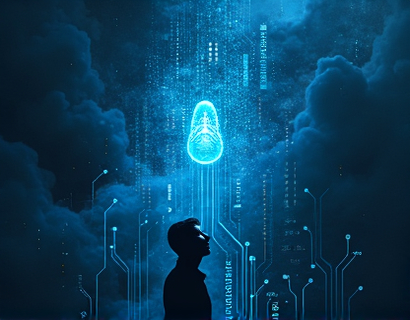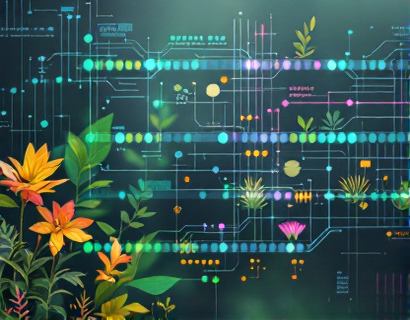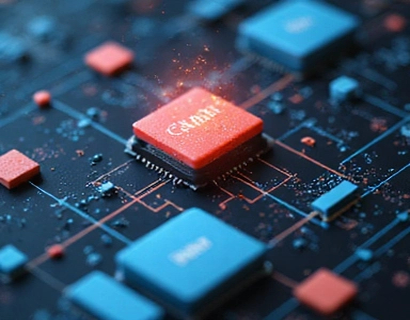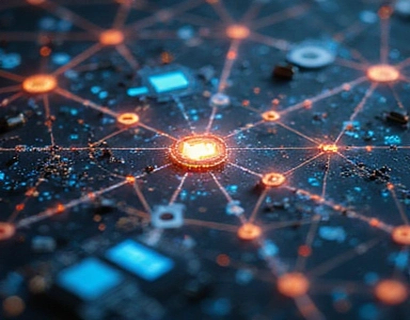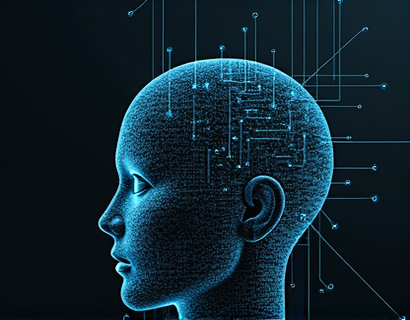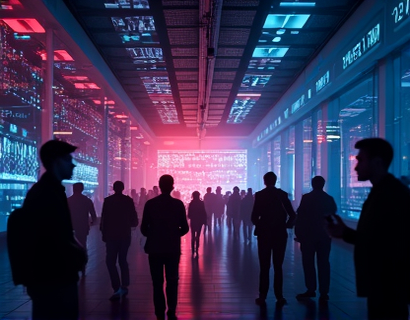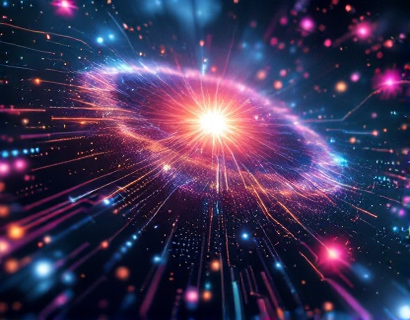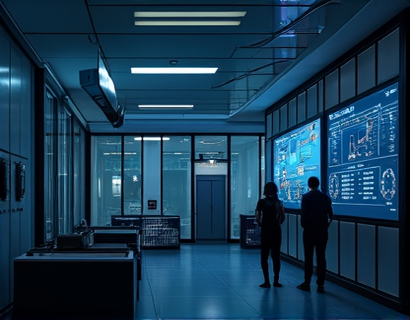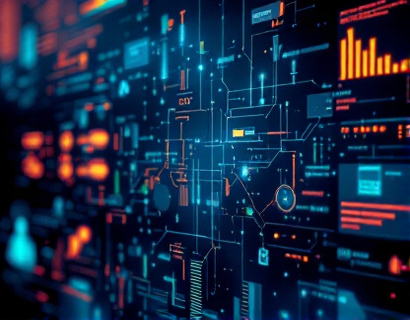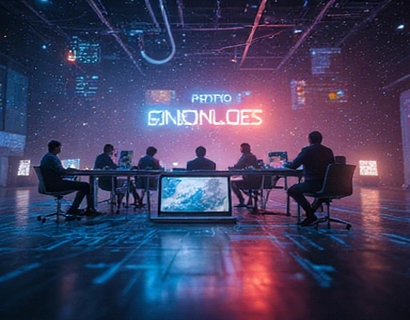Unlocking the Cosmos: Interactive AI-Powered Learning for Space Enthusiasts and Educators
In an era where technology and education intersect, the exploration of space and astronomy has transformed into an immersive and personalized experience. This article delves into the realm of interactive AI-powered learning tools designed specifically for space enthusiasts and educators. These tools offer customizable exploration settings that unlock a universe of interactive learning, making the vast and complex subject of astronomy accessible, engaging, and tailored to individual learning paths.
Personalized Cosmic Journeys
The integration of AI in space education allows users to embark on personalized cosmic journeys. By leveraging advanced algorithms, these tools adapt to the user's knowledge level, interests, and learning pace. Whether a beginner or an advanced learner, the AI-driven platform ensures that the content is always relevant and challenging, fostering a deeper understanding of the universe.
Customizable settings are at the heart of this personalized experience. Users can adjust various parameters to focus on specific areas of interest, such as planetary science, astrophysics, or space exploration history. This flexibility ensures that each learning session is unique and tailored to the individual's educational goals.
Interactive Explorations
One of the most compelling features of these AI-powered learning tools is their ability to offer interactive explorations of the universe. Through a combination of visualizations, simulations, and real-time data, users can explore celestial phenomena in a dynamic and engaging way. For instance, users can virtually travel through the solar system, observe the life cycle of stars, or witness the formation of galaxies.
These interactive experiences are not just visually stunning but also scientifically accurate. The AI ensures that the information presented is up-to-date and aligns with the latest research and discoveries. This level of interactivity not only enhances learning but also sparks curiosity and a deeper appreciation for the complexities of the cosmos.
Customizable Learning Paths
Educators and self-learners can benefit from the customizable learning paths offered by these AI tools. Educators can create tailored lesson plans that align with their curriculum, incorporating specific topics and activities that resonate with their students. The AI can suggest additional resources, quizzes, and interactive modules to reinforce learning and assess understanding.
For self-learners, the platform provides a self-paced learning environment where users can explore topics of interest at their own speed. The AI can recommend learning paths based on previous interactions and performance, ensuring a cohesive and progressive learning experience. This adaptability makes space education accessible to a wide range of learners, from casual enthusiasts to serious students.
Engaging Content Delivery
The content delivered by these AI-powered tools is designed to be engaging and informative. Through a blend of text, images, videos, and interactive elements, the platform caters to different learning styles. The AI can dynamically adjust the content format based on user preferences and engagement metrics, ensuring that the learning experience remains captivating and effective.
Storytelling is another key aspect of content delivery. By framing scientific concepts within compelling narratives, the AI makes complex topics more relatable and memorable. For example, the journey of a spacecraft from Earth to Mars can be used to explain gravitational assists, orbital mechanics, and the challenges of deep-space travel.
Real-Time Data and Updates
One of the significant advantages of AI-powered learning tools is their ability to incorporate real-time data and updates. The universe is an ever-changing environment, with new discoveries and events occurring regularly. These tools can integrate live data from space missions, telescopes, and observatories, providing users with the most current information.
This real-time integration ensures that learners are exposed to cutting-edge research and developments in the field. For educators, it means they can use the latest data to enhance their lessons and keep the content fresh and relevant. Users can also track the progress of ongoing missions and participate in citizen science projects, further enriching their learning experience.
Collaborative Learning Opportunities
These AI-powered platforms often include features that foster collaborative learning. Users can join virtual classrooms, participate in discussion forums, and collaborate on projects with peers from around the world. The AI can facilitate these interactions by suggesting compatible learning groups, moderating discussions, and providing collaborative tools.
Collaborative learning not only enhances the educational experience but also builds a community of space enthusiasts and learners. Users can share insights, ask questions, and learn from each other's perspectives, creating a rich and dynamic learning environment.
Assessment and Feedback
Assessment and feedback are crucial components of any learning process. These AI tools offer sophisticated assessment mechanisms that evaluate users' understanding and progress. Through adaptive quizzes, interactive simulations, and problem-solving exercises, the AI can gauge the user's knowledge and identify areas that need improvement.
Feedback is provided in a constructive and encouraging manner, helping users to build on their strengths and address weaknesses. The AI can also offer personalized recommendations for additional resources and activities to support continued learning and mastery of the subject matter.
Accessibility and Inclusivity
Accessibility and inclusivity are core principles in the design of these AI-powered learning tools. The platform is designed to be user-friendly and accessible to individuals with varying levels of technical proficiency and physical abilities. Features such as text-to-speech, adjustable text sizes, and multilingual support ensure that the learning experience is inclusive and accessible to a diverse audience.
Moreover, the AI can adapt to different cultural and educational contexts, making space education relevant and relatable to learners from different backgrounds. This inclusivity helps to democratize access to space education, breaking down barriers and inspiring a broader range of individuals to explore the cosmos.
Future Prospects
As AI technology continues to advance, the potential for interactive space education is vast. Future developments may include more sophisticated virtual and augmented reality experiences, enabling users to immerse themselves in the cosmos in ways previously unimaginable. The integration of AI with other emerging technologies, such as blockchain for secure and transparent record-keeping of learning achievements, could further enhance the educational experience.
The collaboration between AI, educators, and space agencies could lead to the creation of comprehensive and standardized space education curricula, ensuring that learners worldwide receive a high-quality education in astronomy and space science. The future of space education is bright, with AI-powered tools leading the way in making the universe more accessible and understandable to all.














